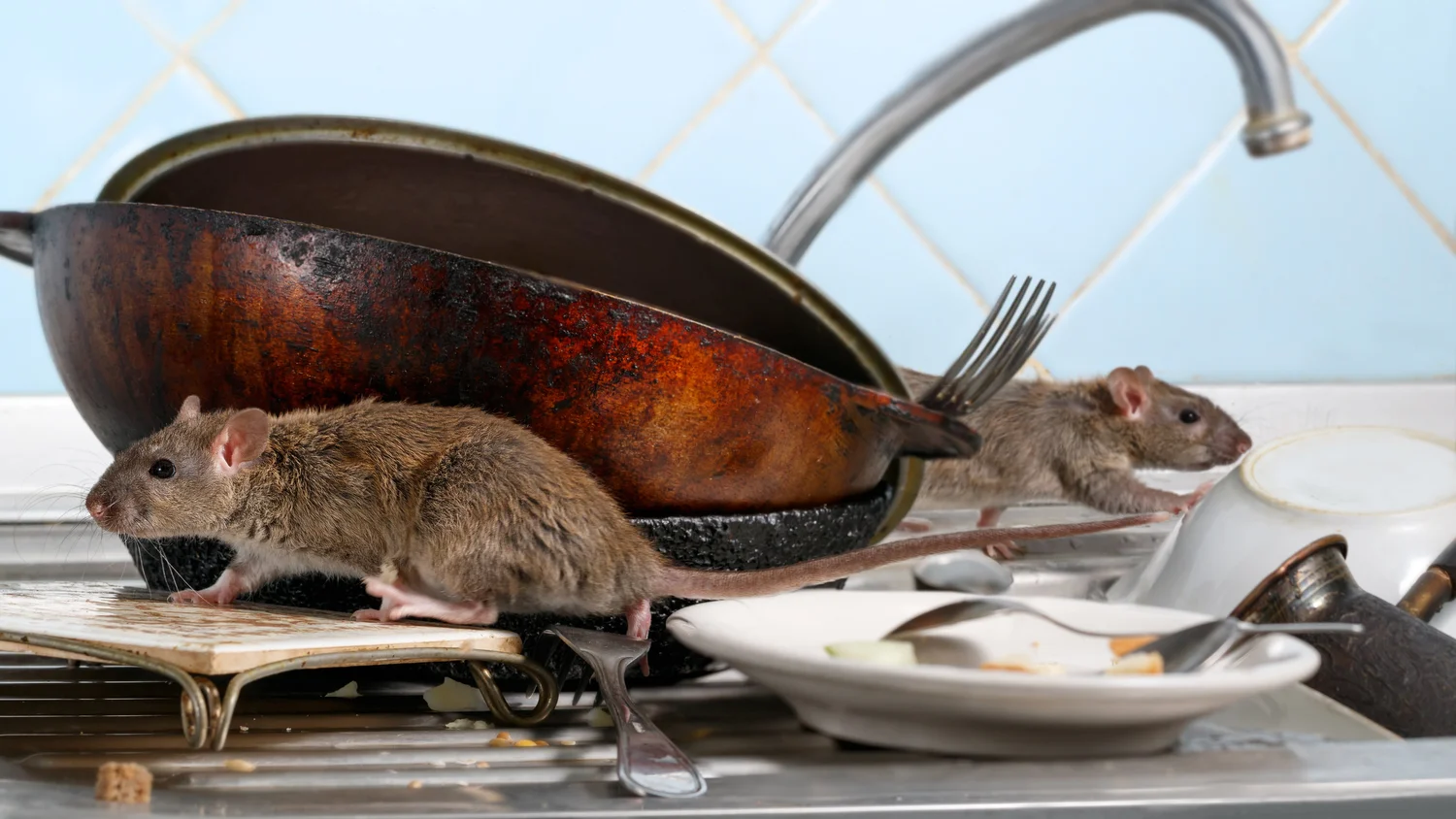Effective Pest Traps for Home Use: Are They the Solution?
Share
When it comes to safeguarding your home from unwelcome guests like rodents and insects, having effective pest traps for home use is not just beneficial, it's essential. Not only do these traps eliminate annoying pests, but they also contribute to a healthier living environment. From traditional mousetraps to innovative electronic devices, the market is overflowing with options tailored to address specific pest issues.
Proper pest management starts with understanding the types of pests you're dealing with and selecting the right traps to target them. But why should you consider using pest traps in the first place?

The Need for Home Pest Traps
Pest infestations pose numerous challenges, from health risks to property damage. Consider how effective some DIY pest solutions can beyou don't always need professional services to keep your home pest-free.
Using traps at home offers a targeted, eco-friendly solution, tackling the problem at its root. Whether it's capturing a scurrying mouse or a swarm of flies, your home can benefit immensely from tailored pest control strategies.
Types of Pest Traps for Home Use
1. Traditional Snap Traps
Iconic yet simple, snap traps are excellent for controlling rodent problems in your home. By trapping and eradicating mice and rats, these traps help prevent the spread of diseases.
2. Glue Traps
Another popular choice, glue traps effectively capture insects and small rodents. They are non-toxic and particularly useful in keeping your living spaces hygienic.
3. Electric Traps
For a modern solution, electric traps offer a hassle-free way to deal with rodents, delivering a quick and humane solution. These traps are effective and easy to use, making them ideal for a busy household environment.
4. Homemade Traps
Interested in creating your own traps? Homemade solutions can be incredibly resourceful, using common materials around the house for eco-friendly pest control.
Implementing Pest Traps in Your Home
Placing traps effectively involves strategic thinkingconsidering entry points and regular pest routes are crucial. Additionally, utilizing traps that are best suited for the specific types of pests can significantly enhance their efficacy.
It's also wise to incorporate other methods such as prevention and deterrents in your overall strategy. For comprehensive pest prevention, natural deterrents are a great resource in maintaining a pest-free environment.
Combining Traps with Other Control Methods
Integrating traps with supplementary methods enhances pest control effectiveness. For example, regular cleaning can prevent attracting pests, while sealing entry points ensures that new pests cannot infiltrate your home. To learn more about sealing techniques, check out tips on blocking entry points against pests.

FAQs About Home Pest Traps
Q1: Are pest traps safe for children and pets?
When used according to instructions, pest traps are generally safe. Opt for enclosed traps or traps placed in less accessible areas.
Q2: How often should I check and replace the traps?
Regularly inspect your traps every few days. Depending on pest activity, frequent checks help in maintaining trap efficacy.
Q3: Can pest traps be reused?
Some traps are designed for reuse, while others, particularly glue traps, are single-use. Always follow the manufacturer's guidelines for best practices.
For additional pest control insights, consider looking at the best DIY methods proven to be effective against home infestations.
This article contains affiliate links. We may earn a commission at no extra cost to you.
